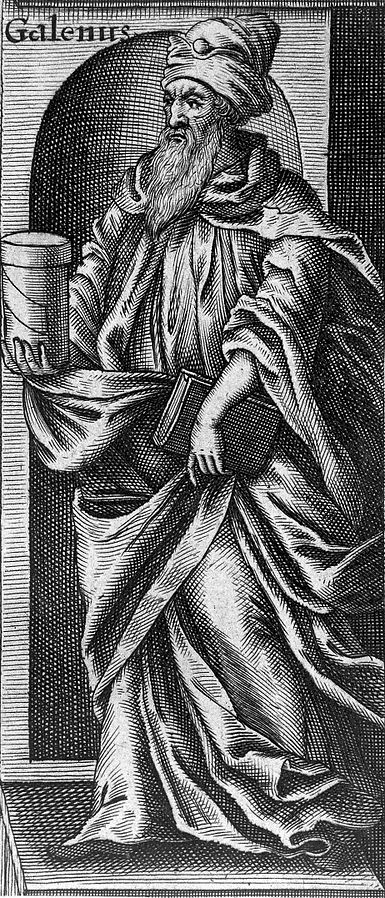
Galen was a Greek physician, philosopher, and author that practiced around 150 A.D. He was a well-known physician and served many emperors in the Roman Empire as a personal physician. Galen complied work from original anatomist such as Hippocrates and added his own discoveries and beliefs to write over 20,000 pages of anatomical study. He had a strong belief in experiments and observation, instead of believing what has always been written. This belief helped him make advancements in his career including:
Identifying 7 of 12 cranial nerves
Proving the kidneys make urine
Diagnosing using a patients’ pulse and urine sample
Discovering the heart has 4 valves
But Galen’s education was still based on old knowledge and he had flaws in his studies such as the belief that an imbalance of humors caused disease and that the liver was the center of the great vessels in the body. Despite this, Galen’s anatomical studies stayed as primary belief for about 1500 years, until scientist like Leonardo da Vinci began to challenge his beliefs. Da Vinci’s artistic ability and engineering studies assisted him in attempting to bring in a new era in anatomical studies, though none of his work was published so little impact was made from all his work. The anatomical revolution was contributed more to Andreas Vesalius.
Sources:
Stewart, D. (2014). Galen. Famous Scientist: The Art of Genius.
Picture from Wikimedia http://catalogue.wellcomelibrary.org/record=b1165357
